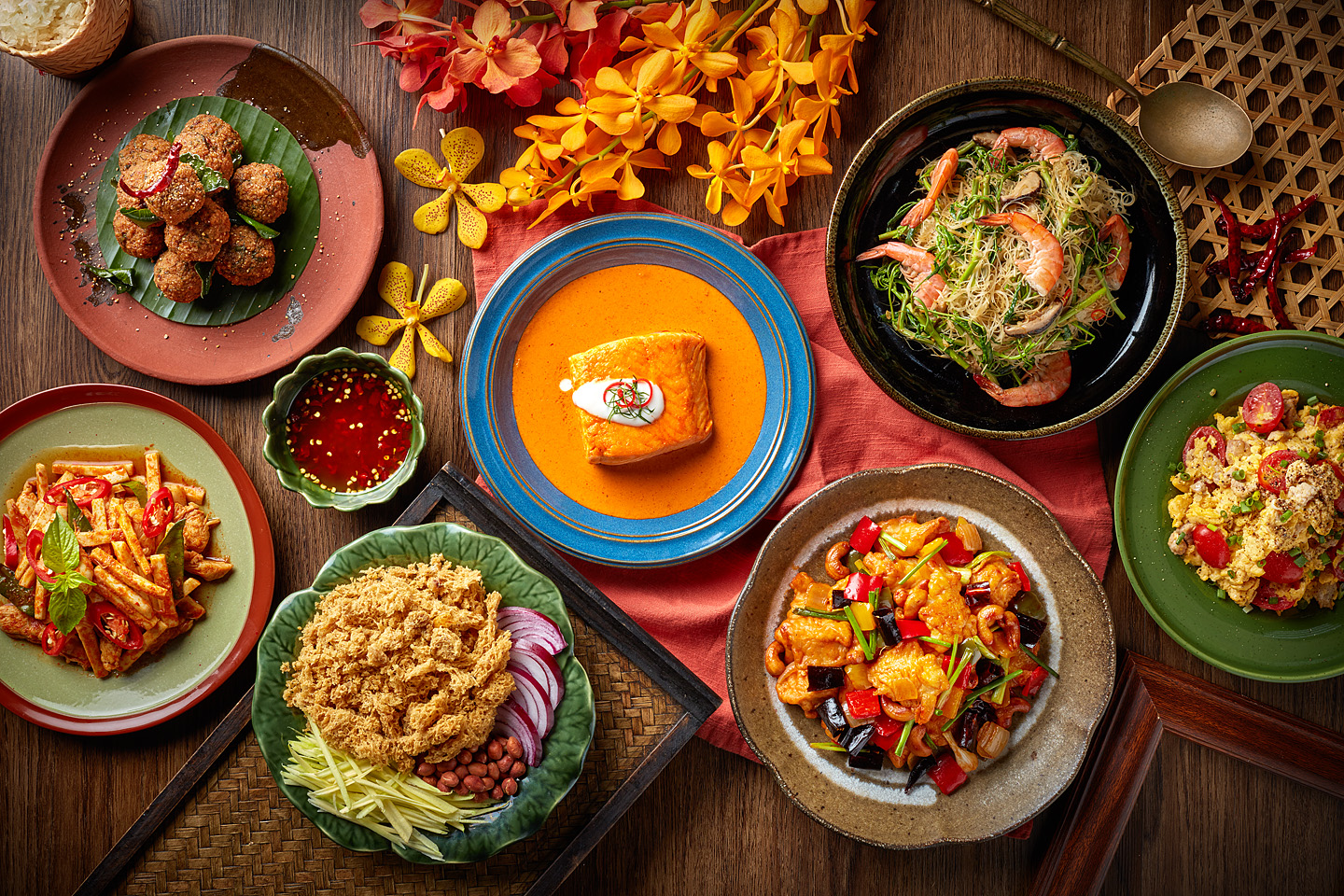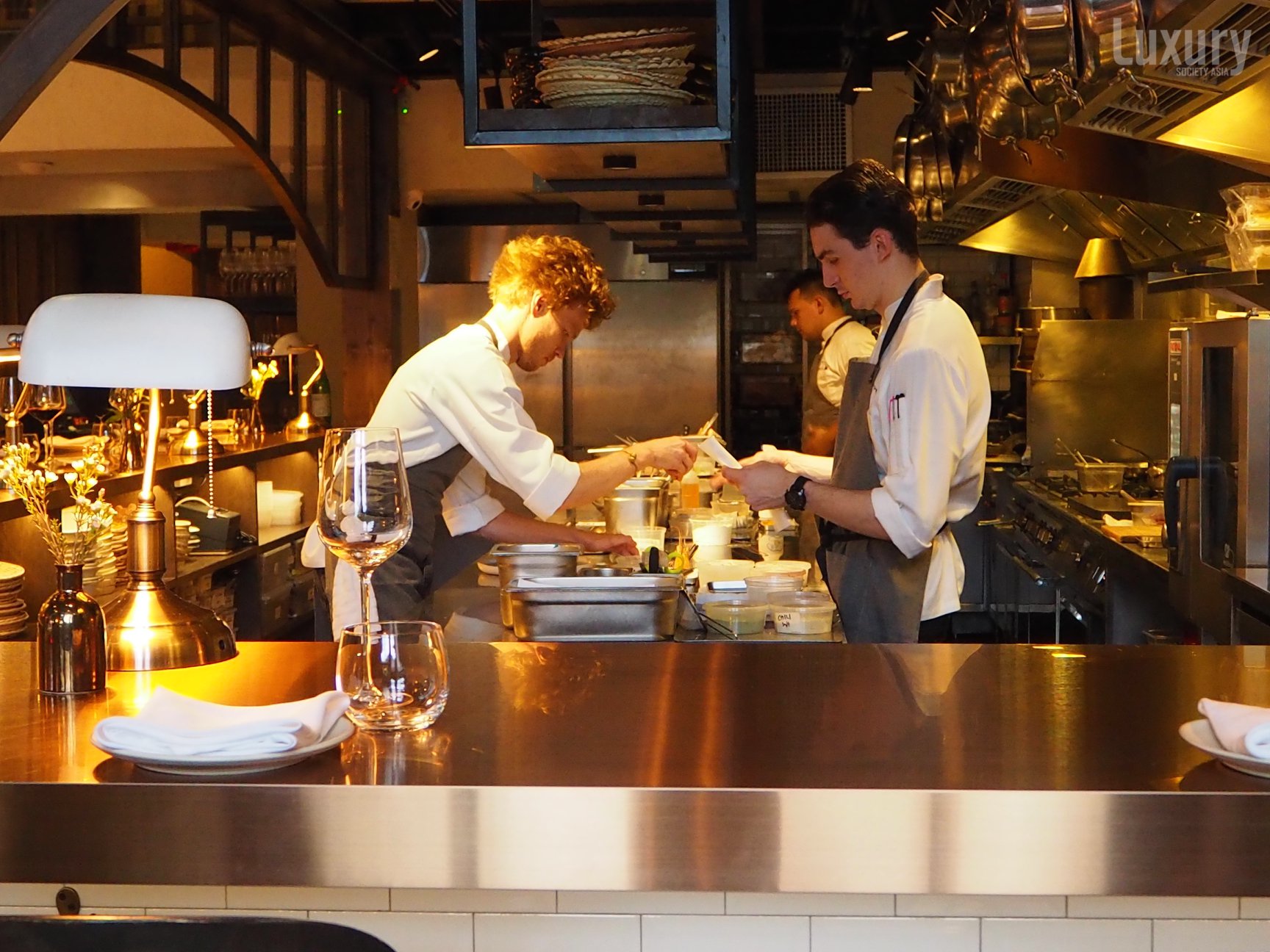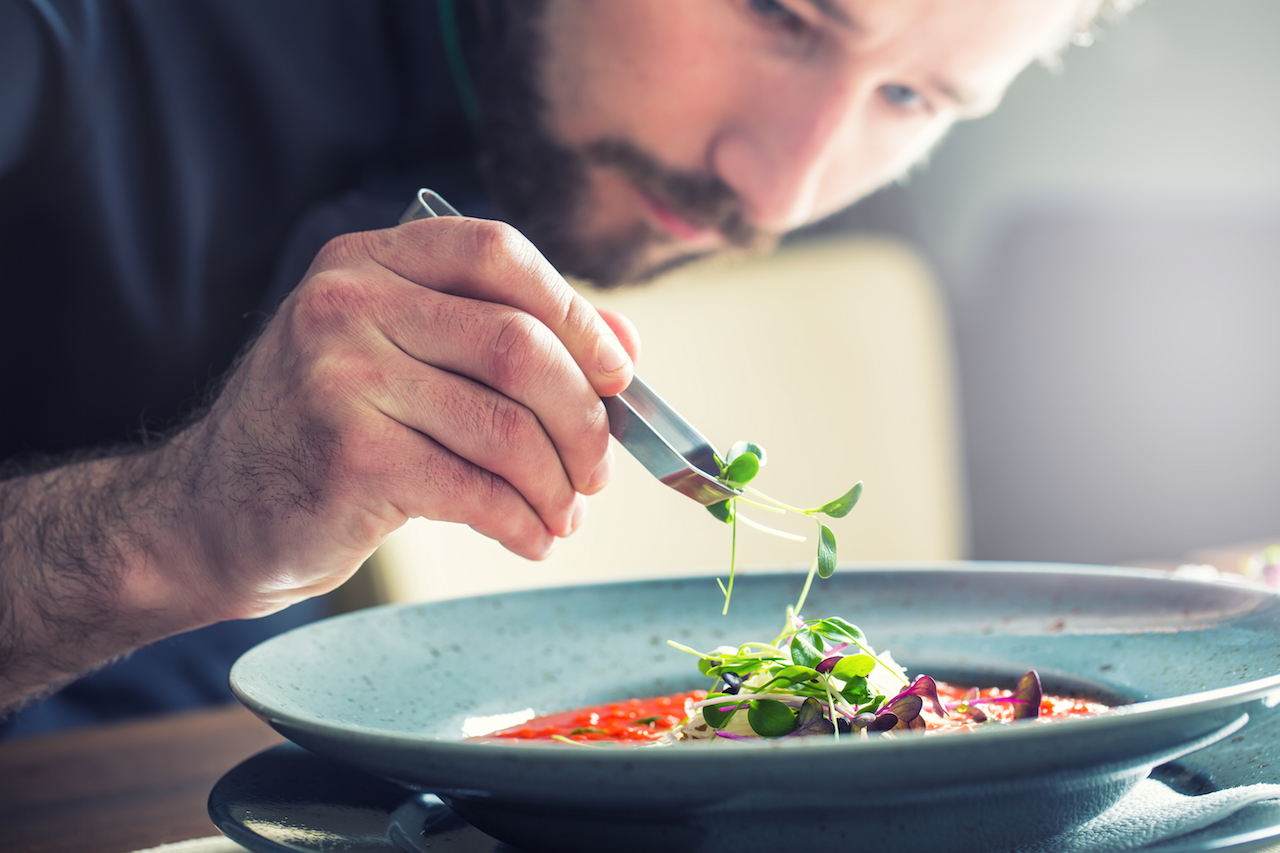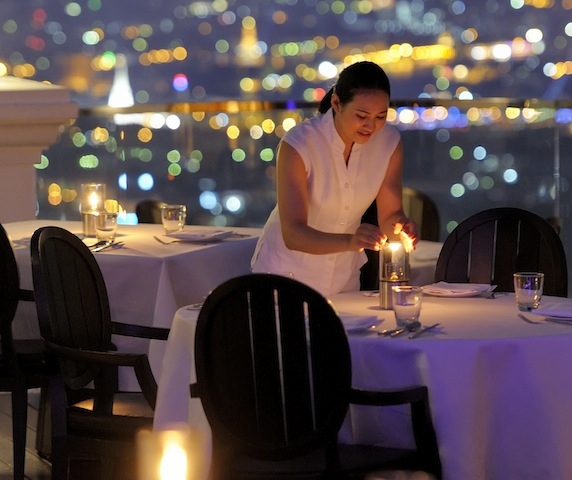Thailand, Bangkok’s Street Food – Best Places To Eat Local Thai Food
Today street food is a part of every day life in Thailand but surprisingly its ethnic origins are more Chinese than Thai. Due largely to migrant refugees, who escaping poverty in Southern China had moved to Thailand. Housed in communal facilities they had nowhere to eat so they turned to the street for simple peasant food from the home region: noodles, rice congee, pork offal infused with five-spice powder.
By Laurence Civil & Luxury Society Asia
It was around the 1960s that Thai Street food came to the fore as rural Thais moved to the cities. Moving away from their homes saw them, like the migrant Chinese, housed in dormitory accommodation with few facilities. They too looked to the street for simple, affordable food. The availability of cheap ice for refrigeration and plastic bags helped empower the take-out movement. As food stalls became successful they moved into more permanent accommodation which led to the birth of the noodle shops and curry houses with tables and chairs on the pavement.

The evolution of Thai street food parallels the integration of the Chinese into Thai society and culture. A dish that best demonstrates this is Pad Thai. It has all the hallmarks of being Chinese – the noodles, the bean curd, the beansprouts, the garlic chives and dried prawns. A government sponsored initiative added palm sugar and tamarind to the recipe giving it a Thai identity. Pad thai took on a life of its own.
Former Michelin star holder Chef David Thompson is regarded as the global master of Thai cuisine and a passionate advocate of Thai street food. “Eating on the street is the easiest and cheapest of ways to enjoy Thai food,” he says “Everything is prepared fresh daily, the food stalls are packed every night. It is a vending style of food that survived the test of time. I openly admit that I simply cannot compete with them in terms of taste and quality. When I feel hungry I just go downstairs from my apartment and buy what I fancy from our local vendor for a third of what it would have cost me to buy, prepare and cook the dish at home”.
Having learnt where it comes from let’s travel around the Kingdom to explore the markets where to taste the very best of Thai street food.

Yaowarat: Site of the early Chinese settlement, Yaowarat Road is now the site of Bangkok’s uniquely vibrant Chinatown. Stretching for more than one kilometre, the road also dubbed ‘the Dragon Road’, offers an abundance of restaurants, eateries, food carts and food stalls that offer everything from bird’s nest soup, Shanghai noodle soup, roll noodle soup, Chinese goat stew, lacquered pork, fried pork belly, peking duck, authentic dim sum, pork tripe, stewed pork leg, seafood and roasted chestnuts, and more. A must go during Chinese New Year and the Chinese Vegetarian Festival.

Wang Lang (Siriraj) Market – Bangkok: In the lane opposite Siriraj Hospital, Wang Lang market grew organically; the nearby pier also bears the same name. At the heart of the historic quarter, Wang Lang market runs along an incredibly long soi (lane), with smaller alleyways branching off from it. This is a favourite spot for working people and students alike, attracting foodies and shoppers from every part of Bangkok. A must eat here is shrimp wonton noodle soup or the Thai-style noodle soup with succulent stewed pork or beef. Hakka Noodle Soup stall too relocated to Wang Lang market from its classic home near the headquarter of the postal service in Bang Rak. While Sri Da Isan Food has been catering to everyone’s Isan-cuisine craving for over 40 years. Grilled and over-grilled chicken are two items that every diner demands to go with a plate of som tum.
Bang Luang Market Nakhon Pathom: On the menu here is shrimp and chives spring roll at Kanom Bong and Jae Som Neuk’s vegetarian steamed rice dumplings. As also pad thai with pork at Ping Chai Sin which combines glossy lacquered pork slices and juicy rice noodles in red sauce, a recipe that has been passed down for three generations.
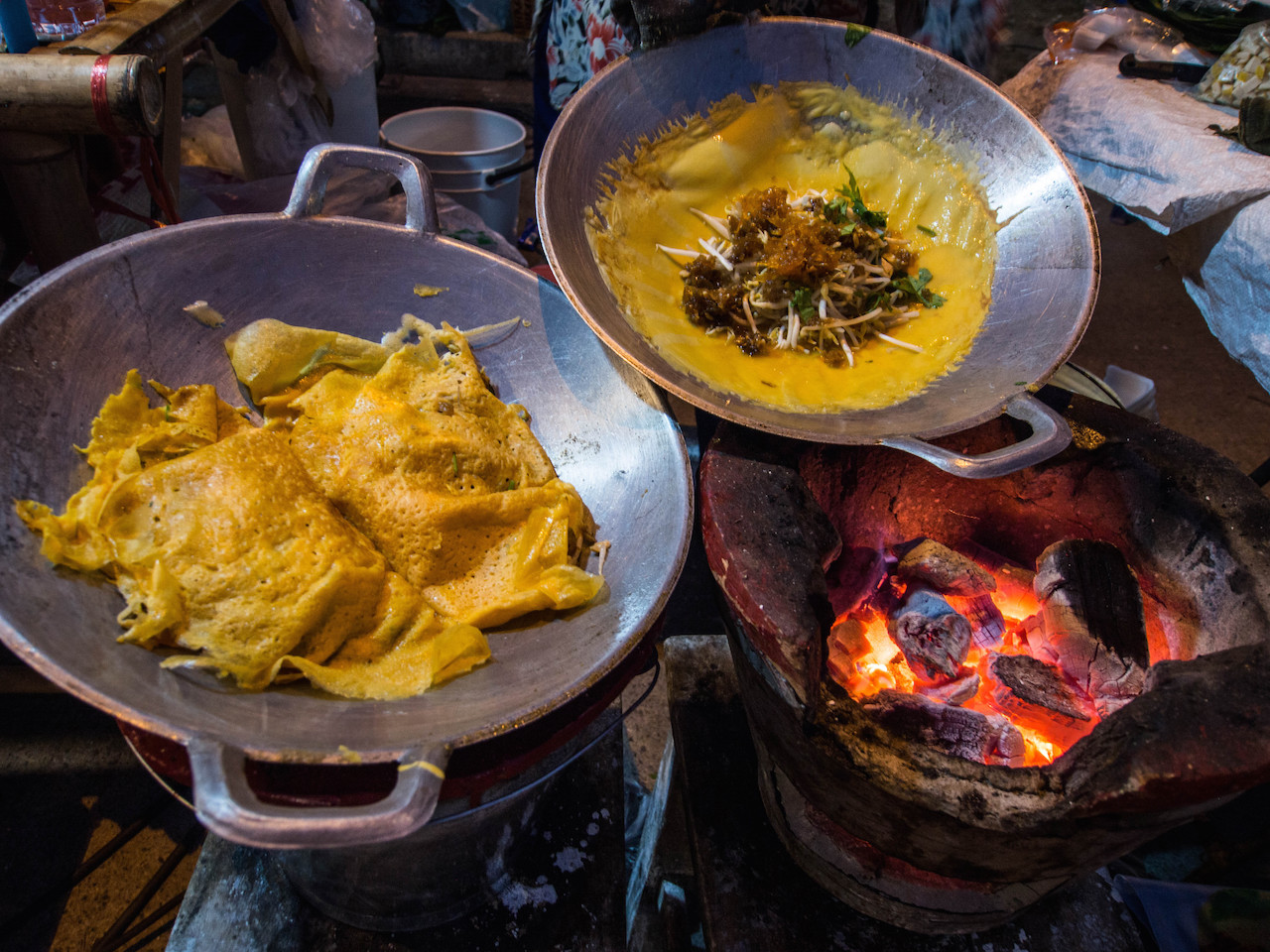
Thana Market – Nakom Pathom: The market is set in faded colours of row after row of original wooden shophouses. At Tik Pochana discover masterfully marinated fish fried in fish sauce served with tasty shredded green mango. Their tom yum with prawn is a must try.
Lad Chado Market – Phra Nakhon Si Ayutthaya: Along both banks of the river, Lad Chado market has been flourishing for over a century. A speciality here is Mae Chua’s bon curry – a rare find, as it takes a lot of effort to make; it requires constant stirring. Also try steamed curried fish made with local greens, boiled fish in soy sauce (with sugar cane, pineapple, tamarind paste and fish cakes), pa pa nead roll noodle soup, stewed pork noodle soup, loong nuad stewed duck, steamed curry, herbal Thai rice snacks, pandan bean rice cake and coconut custard squares.

Sam Chuk – Suphanburi: Along the Suphanburi river, this market in a Thai-Chinese-Mon settlement, is composed of several beautiful two-storey wooden shophouses. The ultimate speciality here is pork wonton noodle soup made with homemade noodles and pork cooked to a classic recipe. At Pa Soi Boathouse discover tasty stuffed chicken wings. At the centre of the market is Kow Leab’s traditional roll noodle soup to be had with lacquered pork. Stop at Dock House Coffee for traditional Thai coffee – the owners have been honing their roasting skills for over three generations. Rang Sriroj and its steamed rice in lotus leaf deserves a mention too as does jek aow noodle soup; the vendor has been trading for the past 70 years.
Gong Khong Market – Kanhon Luang: The former site of the regional customs office, the name means “bend down” as that’s what customers had to do to view the vendors goods. Items to taste here are longan lou mei, Thai-style noodle soup, duck noodle soup, som tum, grilled chicken, pork satay, steamed curried fish, spicy fish cake, vegan noodle wrap, spicy crap dip, preserved fish curry, fried tofu, coconut pancake, mini coconut hotcakes, steamed banana cake and shredded coconut pancakes.
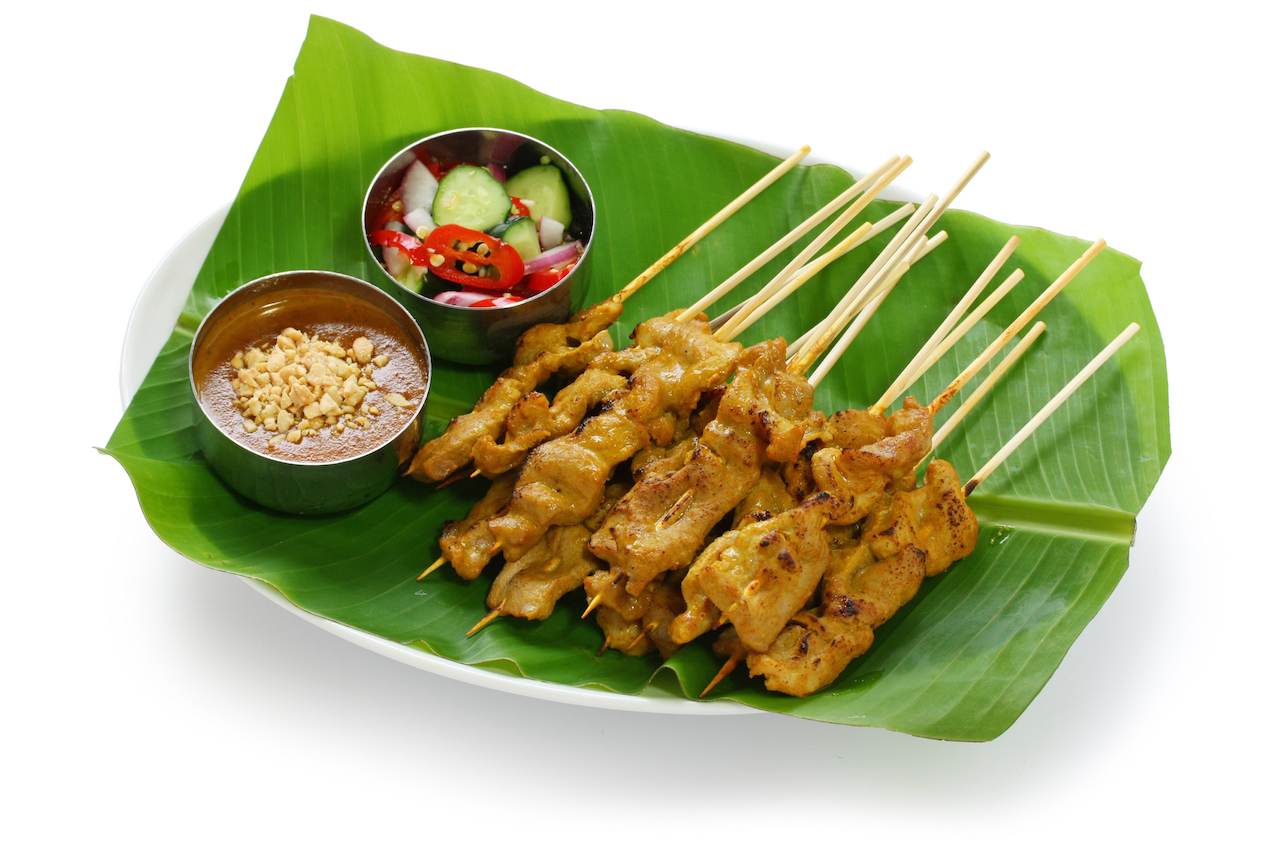
Gao Hong Market – Suphan Buri: Located on the banks of the Suphanburi river, across from a small community of Gao Hong, this historic market is in fact made up of three smaller markets: the Upper, Middle and Lower markets. On the menu here is steamed rice and palm cake, made with toddy palm meat and sticky rice flour. Jae Siem in the Lower Market serves up black coconut; it has been selling here for the past five decades and is very popular. The Middle market offers chicken claws in a noodle soup as a delicacy. In the Upper market discover soy sauce fried noodle, fried rice, oyster omelette, pad thai, steamed rice muffins, stuffed dough pyramids and deep fried bananas.

Toh Ruang Market – Hua Hin: Located on Dechanuchut Road not far from Chatchai Market, it characterises the unique night scene of Hua Hin.
Toh Chet Samian Market – Ratchaburi: An old market, along the railway track, it convenes every Wednesday, Friday and on the weekend. Here the fare focuses around pickled radish – with boiled rice, or an omelette. The must tries here include garlic bread, barbecued meat, steam curried fish and Thai desserts including sweet sticky rice.

